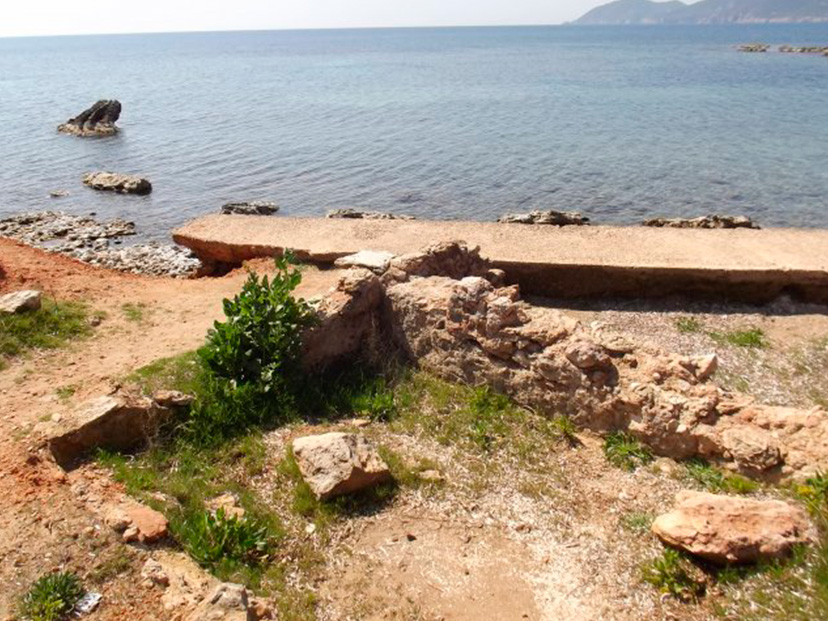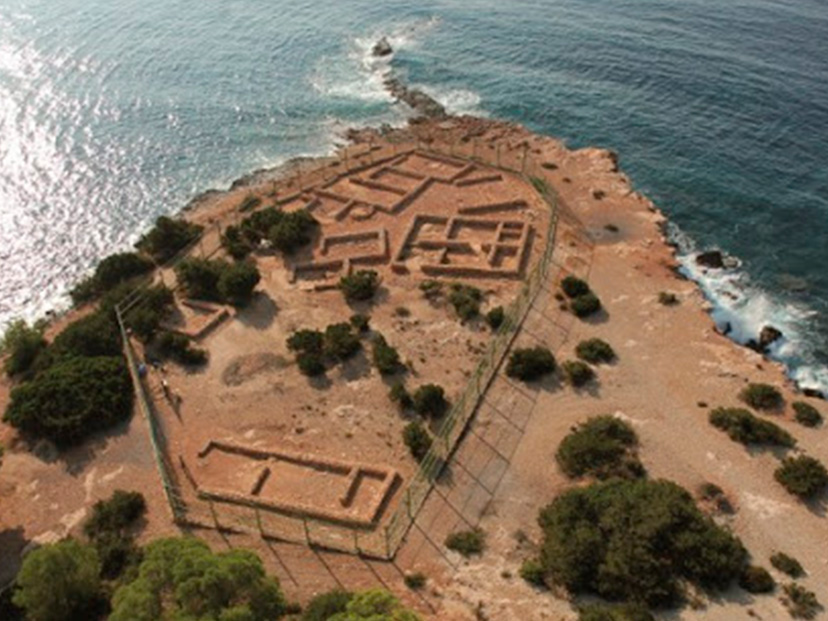It is said that Ibiza is a place of passage where settlers have come and gone over time, and this is what makes the island so special. Be that as it may, throughout history many different cultures have taken up the challenge and have sought to conquer the place, making the island their home, and all leaving their indelible mark. Phoenicians, Carthaginians, Romans, Byzantines, Vandals, Arabs and Christians have all battled, and at times lived side by side in this strategic part of the Mediterranean, which, over the centuries, has become the multicultural paradise that it is today, and this is evident in the daily reminders of the island’s history, culture and traditions, through vestiges of its past and origins that remain today. Remnants of these bygone eras are still evident in the Mediterranean whitewashed architecture, or the terraced gardens and the local cuisine, all set within the open and friendly social framework of people used to living alongside different cultures.
Although the island is believed to have been inhabited from 5000 BC, this story begins with the Phoenician site of Sa Caleta, dating from 800 BC, as here the earliest vestiges of ancient Ibiza can be found. A visit reveals what the houses of that era were like, the lifestyle of those who dwelled in them and how they passed the time. Although the site covers an area of about four hectares, we know that it originally extended over six hectares, and that it was abandoned between 600 and 900 BC, when the inhabitants went on to settle in what is today the bay of Ibiza, founding a city that was better suited to organisation and growth. The very first port of Ibiza was established, which made the island much more than a mere port stopover for vessels, leading to the foundation of a key settlement, thanks to its ideal geographic location, and its agricultural interest.
At some time between the 6th and 5th centuries BC, the Phoenicians built a great necropolis which can be visited today in Puig des Molins. The site contains almost 5000 densely packed archaic cremation tombs. From those initial settlements, the stem of the name of Ibiza still endures, as they named the island Ibosim – in honour of the god Bes.
Our stroll through the island’s history continues to the years from 218 to 202 BC, Ibiza’s Roman era, when the island became known as Ebusus, and assumed the Phoenicians’ legacy, including a walled town on Puig de Vila built about 81 metres above sea level. From this era, the great walls of the town remain, built with stones brought from Sa Pedrera, one of the oldest and most important quarries in Ibiza.
Sites dating from the Roman Empire are still evident, such as Ses Païses de Cala d’Hort, a Punic-Roman settlement with two buildings and two necropolis, located between Cala d’Hort and Cala Vedella, and the Cova de Es Culleram, near Sant Vicent de Sa Cala, which is known as one of the religious sanctuaries dedicated to the goddess Tanit.
The Cova del Vi or cave of ses Fontanelles, close to Cala Salada, is another essential visit for history lovers. For centuries it was used as a wine cellar for the Carthaginians and Romans, as the thick walls helped to keep the wine cool, saving it from turning to vinegar, and you can visit the cave as you take a pleasant stroll through the unique countryside. The aqueduct of s’Argamassa, close to the north-eastern coast of the island, also dates from the Roman era.
The final years of the Roman Empire coincided with the Byzantine period, an epoch that was characterised by economic and social decline, exacerbated by the general malaise of the island inhabitants at a time of fear and insecurity, which led to dark ages in terms of culture and architecture, and as a result, there are scant archaeological remains or documentation dating from this era. It was the Vandals in the 5th century AD who put an end to this period of obscurity in an otherwise thriving Ibizan culture, which had left the island in a state of semi-abandonment.
The arrival of the Muslims in AD 902 heralded a new era of splendour for Ibiza, which was renamed Madina Yabisa. It was the Arabs who recovered control of the land and life in its capital, rebuilding not only the city walls, but also the castle and the Almudaina, the fortified enclave where the government was housed, and where the main mosque was located, today the site of the cathedral, along with the baths and the market. The Arab legacy is also evident in the agricultural system, with its irrigation canals and channels flowing into the sea and which is known today as Ses Feixes, a system that endures today in places such as Es Broll de Buscastell.
The final adventure was the Christian incursion in the island, more precisely James I of Aragon, who sent Catalan troops to conquer the island in 1235, commanded by the archbishop of Tarragona, Guillem de Montgrí. Most of the buildings were refurbished, retaining their original structure, and so the essence of those years of struggle still emanates from the walled town of Dalt Vila. The island’s first hospital also dates from this period, along with the La Marina neighbourhood, the Universitat (formerly the site of Ibiza’s government) and the Cathedral of Ibiza, along with other churches in the island’s municipal districts, such as Puig de Missa in Santa Eularia des Riu.
In the 16th century, the island was besieged by pirates, endangering Ibiza’s peace and tranquillity, but that is a tale for another day…


